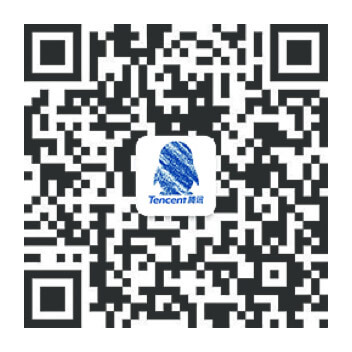How Robots Are Helping to Care for the Elderly and Disabled
The caregivers, mostly women over 50, face physical stress when helping a person move. Thus, both residents and caregivers run the risk of injury, especially when patients are moving between beds and wheelchairs.
The situation reflects a wider societal challenge: As the number of elderly people increases globally, with more than 20 percent of the population forecast to be over the age of 60 by 2050, the need for efficient and safe care solutions becomes more urgent.
More Than Just an Affordable Lifting Device
Enter Tencent’s Elderly Care Technology Lab, dedicated to advancing elderly care. The lab sought to create an assistive device that is affordable and easy to use without compromising on safety and durability. To do so, it collaborated with manufacturers for research and development.
The result is a co-created range of patented assistive transfer-aid devices that deliver cutting-edge yet cost-effective robotics for people with accessibility needs. These devices incorporate inclusive design features and leverage the diverse Weixin ecosystem, elevating the device beyond a lifting aid.
Smart Connectivity and Design Benefits Many
For the Elderly:
- Enhanced Safety: Minimizes the risk of falls and injuries
- Increased Independence: Facilitates freedom of movement
- Personalized Comfort: Customizable settings for lifting strength and motion, easily adjustable through the applet to cater to individual preferences
- Health Monitoring: Keeps tabs on vital signs such as heart rate and weight
For Caregivers:
- Alleviates Physical Strain: Optimized lifting processes make it easier and less physically demanding to move a person
- Enhanced Connectivity for Efficient Healthcare: Access to health metrics streamlines daily care and monitoring. It even provides real-time data on device usage
For Family Members:
- Customized Care Plans: Enables the creation of personalized services for elderly family members based on collected data
- Enhanced Involvement in Care: Offers a convenient way for family members to actively participate in remote health management, ensuring the safety and comfort of their loved ones
Restoring Hope and Dignity
Gao Jie, product manager for the transfer-aid at Tencent, says the transfer-aid is restoring hope and dignity to patients and their caregivers. It will make it easier for elderly patients to remain at or return home, since a task like helping someone go from bed to bathroom can be done with the help of a single person. "This is what makes our work worthwhile, to offer a glimmer of hope in challenging times," says Gao Jie.
Mr. Xu, from the care center, has tried many assistive products but finds few that meet the real needs of the elderly. Correct size, easy operation, and versatility of use are features he looks for—and often fails to find in a lift. For him, the transfer-aid marks a significant step forward in this quest.
A Journey Toward Better Elderly Care and Empowerment
Addressing the needs of an aging population is complex. It's not just about technology, but also about enhancing quality of life. For now, the transfer-aid is available for use in institutions, but as production ramps up and costs come down, more families can look forward to caring for their loved ones at home.


